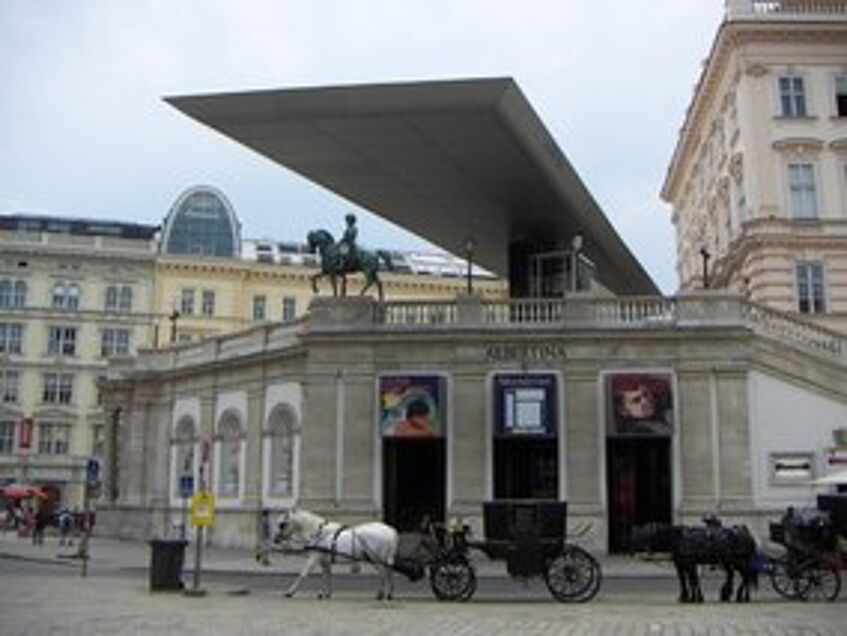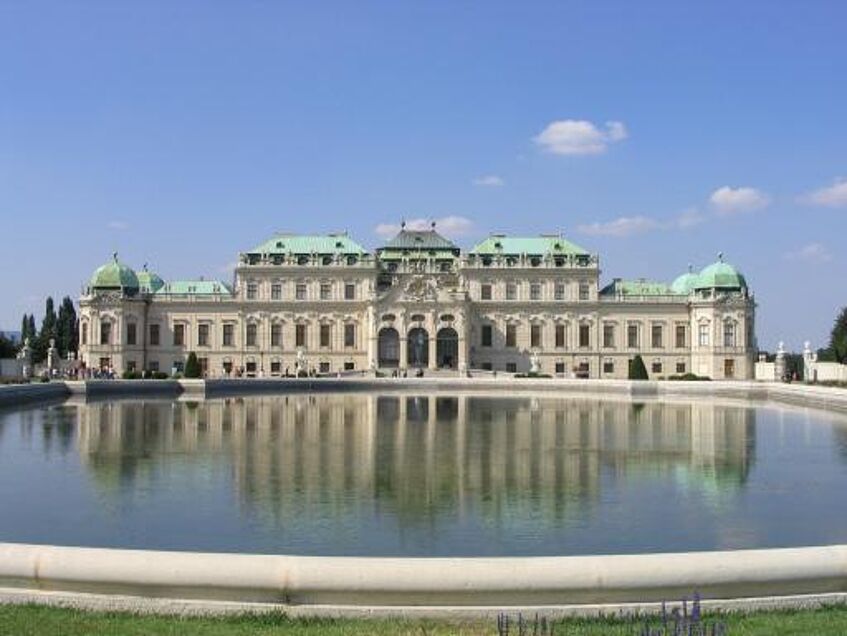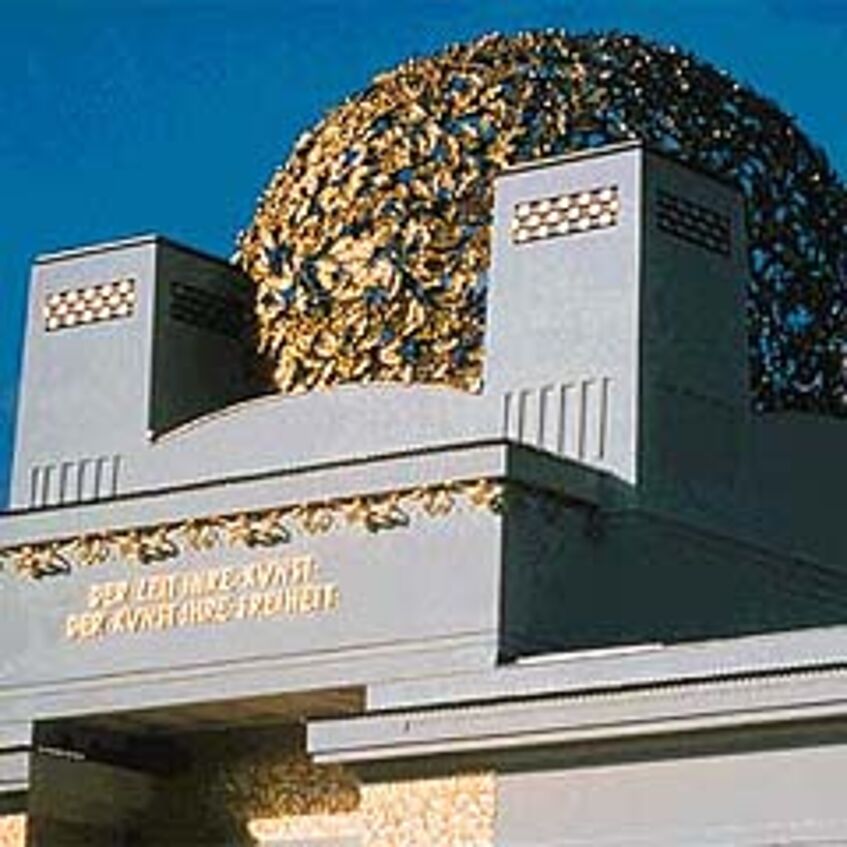The Arts
Albertina
With its famous graphic collection, the Albertina is considered one of the most important museums in the world. Here, one can find Dürer’s “The Field Hare” and Klimt’s studies of women. Once the largest Habsburg living quarters, the Albertina sits majestically on the south end of the Imperial Palace on one of the last remaining bastions of Vienna.
Do & Co Albertina caters to your every culinary desire at the highest level. Located immediately next to the Albertina Collection, Café Albertina and the Augustinerkeller offer many culinary specialties from Viennese cuisine.
Albertina
1, Albertinaplatz 1
U, Tram, Bus: Karlsplatz/Oper
Tel. 534 83-0
www.albertina.at

© Albertina Wien
Belvedere
Prince Eugene of Savoy (1663-1736), successful general and art connoisseur, had Belvedere garden palace built by Johann Lukas von Hildebrandt as his summer residence – at the time it was still outside the gates of the city.
This baroque architectural jewel consists of two palaces (Upper and Lower Belvedere), which today house Austrian art from the Middle Ages to the present day.
Upper Belvedere
3., Prinz-Eugen-Str. 27
tram D: Schloss Belvedere
tram O, 18, bus 13A: Südbahnhof
daily 10am-6pm (last admission 5.30 p.m.)
Lower Belvedere:
3., Rennweg 6
tram 71: Unteres Belvedere
daily 10am-6pm,
Wed 10am-9pm
Palace stables
daily 10am-noon
www.belvedere.at

Secession
In 1897 a number of artists broke their ties with Künstlerhaus, the association and gallery of Vienna's art establishment which they considered intolerably conservative, seceded and formed a new art association with the name of Secession and the motto, "To the Age, its Art. To Art, its Freedom."
In 1898, Joseph Maria Olbrich, a student of Otto Wagner, erected an Art Nouveau gallery building for the new association. In 1985-86, the cupola of the Secession was gilded anew and the Secession was renovated and adapted under the guidance of Adolf Krischanitz.
The 112-foot Beethoven Frieze, a virtuoso pictorial interpretation of the 9th Symphony, created by Gustav Klimt for the Beethoven Exhibition of 1902, is on permanent display in a new room on the basement level.
Secession
1., Friedrichstrasse 12
U, tram, bus: Karlsplatz/Oper
www.secession.at

© Hedwig Zdrazil